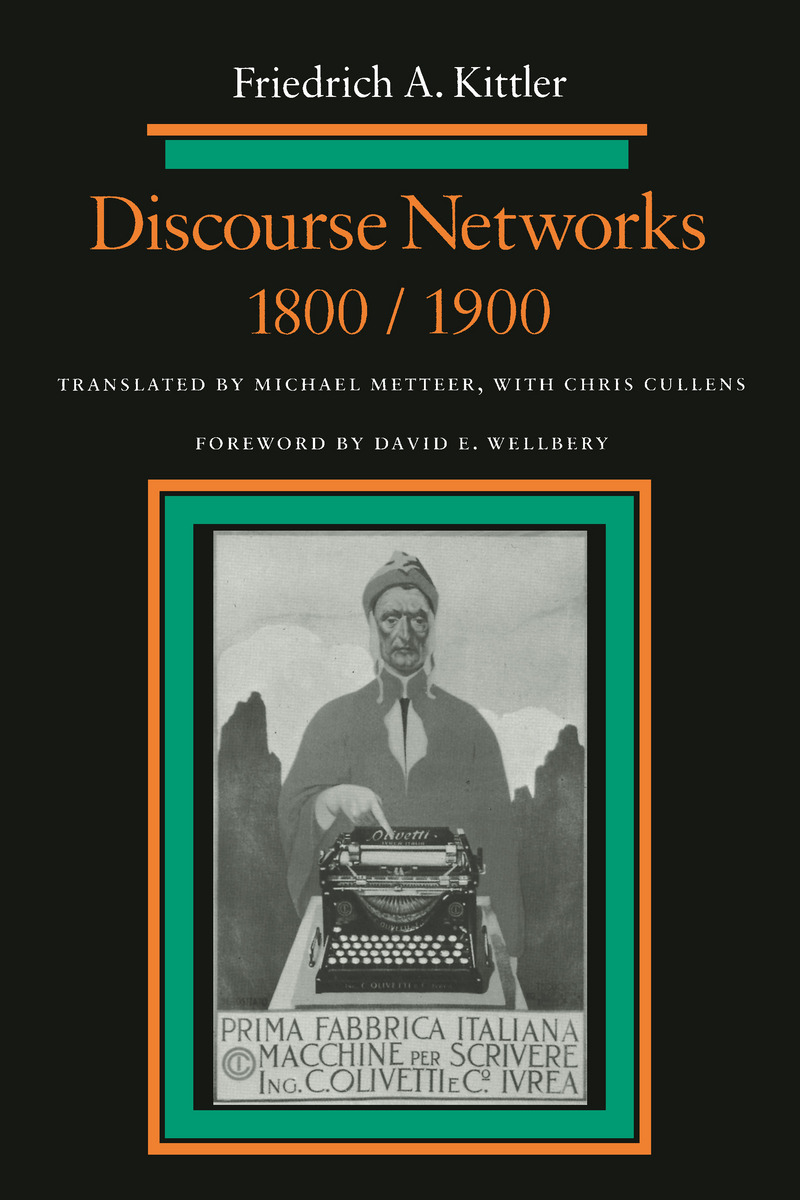Erkki Huhtamo, Jussi Parikka (eds.): Media Archaeology: Approaches, Applications, and Implications (2011)
Filed under book | Tags: · cinema, computing, machine, media, media archeology, media theory, psychoanalysis, technology, telepathy

“This book introduces an archaeological approach to the study of media – one that sifts through the evidence to learn how media were written about, used, designed, preserved, and sometimes discarded. Edited by Erkki Huhtamo and Jussi Parikka, with contributions from internationally prominent scholars from Europe, North America, and Japan, the essays help us understand how the media that predate today’s interactive, digital forms were in their time contested, adopted and embedded in the everyday. Providing a broad overview of the many historical and theoretical facets of Media Archaeology as an emerging field, the book encourages discussion by presenting a full range of different voices. By revisiting ‘old’ or even ‘dead’ media, it provides a richer horizon for understanding ‘new’ media in their complex and often contradictory roles in contemporary society and culture.”
Publisher University of California Press, Berkeley, CA, 2011
ISBN 0520262743, 9780520262744
x+356 pages
Reviews: Simone Natale (Canadian Journal of Communication, 2012), Sarah Lugthart (TMG, 2012), John Potts (Screen, 2013), Michael Goddard (Journal of Visual Culture, 2013), Swagato Chakravorty (Senses of Cinema, 2013), Astrid Mager (Information, Communication & Society, 2013).
PDF (updated on 2021-4-9)
Comment (1)Friedrich A. Kittler: Discourse Networks 1800/1900 (1985–) [German, English]
Filed under book | Tags: · communication, discourse, history of literature, language, literary theory, literature, media, media archeology, media technology, media theory, philosophy, psychoanalysis, psychophysics, technology, writing

“This is a highly original book about the connections between historical moment, social structure, technology, communication systems, and what is said and thought using these systems–notably literature. Friedrich Kittler focuses on the differences between ‘discourse networks’ in 1800 and in 1900, in the process developing a new analysis of the shift from romanticism to modernism. The artful structure of the book begins with Goethe’s Faust and ends with Valéry’s Faust. In the 1800 section, the author discusses how language was learned, the emergence of the modern university, the associated beginning of the interpretation of contemporary literature, and the canonization of literature. Among the writers and works Kittler analyzes in addition to Goethe’s Faust are Schlegel, Hegel, E.T.A. Hoffman’s The Golden Pot, and Goethe’s Tasso. The 1900 section argues that the new discourse network in which literature is situated in the modern period is characterized by new technological media–film, the photograph, and the typewritten page–and the crisis that these caused for literary production. Along the way, the author discusses the work of Nietzsche, Gertrude Stein, Mallarmé, Bram Stroker, the Surrealists, Rilke, Kafka, and Freud, among others.”
Aufschreibesysteme 1800/1900
First published in 1985
Third, completely revised edition
Publisher Wilhelm Fink Verlag, Munich, 1995
ISBN 3770528816, 9783770528813
524 pages
Discourse Networks, 1800/1900
Translated by Michael Metteer, with Chris Cullens
Foreword by David E. Wellbery
Publisher Stanford University Press, 1990
ISBN 9780804720991
496 pages
Reviews: Franz Futterknecht and David Wellbery (Poetics Today, 1987, EN), Robert C. Holub (German Quarterly, 1987, EN), Thomas Sebastian (MLN, 1990, EN).
Wikipedia (DE)
Publisher (DE)
Publisher (EN)
Aufschreibesysteme 1800/1900 (German, 3rd ed., 1985/1995, removed on 2024-2-6 upon request from Brill)
Discourse Networks, 1800/1900 (English, 1990, updated to the full book on 2014-1-30 via poshumano, updated to single-page OCR’d version on 2014-1-31 via Marcell Mars)
Online version of Index of persons (at Monoskop wiki)
Comments (3)Kempelen: Man in the Machine (2007) [English/Hungarian]
Filed under catalogue | Tags: · art, machine, media archeology, technology

The catalogue of an exhibition on Bratislava-born 18th-century author, polyhistor and inventor of the chess-player automaton and the speaking machine, Wolfgang von Kempelen, organised by the C3 Foundation and ZKM Karlsruhe, held in Műcsarnok / Kunsthalle, Budapest, on 24 March – 28 May 2007, and curated by József Mélyi and Rita Kálmán.
“The history of the chess-player automaton of Wolfgang von Kempelen (1734 – 1804) and its legend have engaged artists, scientists and laymen for centuries. Now, more than two hundred years after von Kempelen ’s death, the joint exhibition of C3 Foundation and the ZKM in Karlsruhe, setting the two outstanding mechanical inventions of the polyhistor – the chess-player automaton and the speaking machine – at the centre, attempts to focus not only on the most enduring memories of his almost unfathomably far-reaching career. Alongside the portrayal of von Kempelen as scientist, engineer, artist, showman, civil servant and private individual, the exhibition broadens the picture onto the Court of Maria Theresa and Joseph II, the mechanical inventions of the epoch, the invention of the era of invention, the Freemasonry movement, and the Turk- and puppet-mania of the century.
Even though we are separated from von Kempelen ’s world by more than two hundred years, we can still recognise the similarities between that atmosphere of scientific discoveries constantly outbidding each other, with technical and technological innovations appearing in the second half of the 18th century, and the multifariousness of art forms, and our own present.
The other aim of the exhibition is the elaboration of the history of innovative thinking, and the presentation of elements of technical and conceptual history inspired by von Kempelen and his mechanisms. Alongside the historical correlations, the show presents contemporary media artworks – in part, commissioned specifically for this occasion – that, taking the sphere of thought of von Kempelen ’s inventions as their point of departure, discover the relationship between the ideas of the Enlightenment and the questions of the present day. ” (source)
Edited by József Mélyi, Rita Kálmán, and Edina Nagy
Publisher C3 Foundation, and Műcsarnok, Budapest, 2007
ISBN 9789630620567
112 pages
Exhibition
Exhibition (2)
Publisher

